Computer Vision using Deep Learning - Disease Detection
Using Convoluted Neural Networks to detect signs of infectious diseases in medical images.
This project, undertaken as part of Machine Learning Module at the University of Dundee, focuses on using deep learning to classify medical images. It evaluates the performance of the neural network architectures across binary and multi-class classification tasks, showcasing the potential of machine learning in healthcare applications.
Background #
MedMNIST is a collection of 10 datasets of 28x28 pixel medical images. For this project, two different datasets were chosen, one for binary classification and one for multi-class classification. Each dataset was evaluated using three different networks:
- Sample ConvNet : A baseline convolutional neural network provided as part of the coursework.
- Dense-Only Network : A fully connected network without convolutional layers but with comparable total parameters to the baseline ConvNet.
- Custom ConvNet : A self-designed deep neural network incorporating advanced design principles, regularization methods, and data augmentation to optimize performance.
The networks were built using Google Colab for a couple reasons:
- The cloud platform meant that there were no incompatibilities between different framework versions.
- Testing and adjusting network models in the cloud was far easier and didn’t require dedicated GPUs.
The two chosen datasets were:
- PneumoniaMNIST for binary classification (presence or absence of pneumonia).
- OrganCMNIST for multi-class classification (predicting organ types).
Part 1: Binary Classification of Pneumonia Images #
Baseline Convnet #
First, I looked at the sample covnet provided by the University, which consisted of the following architecture:
- Two convolutional layers with ReLU activation and max pooling.
- A dense output layer with a softmax activation function.
- Total params: 18379
- Trainable params: 18379
from keras import layers
from keras import models
model_1 = models.Sequential()
model_1.add(keras.layers.Conv2D(32, (3, 3), activation='relu', input_shape=(28, 28, 1)))
model_1.add(keras.layers.MaxPooling2D((2, 2)))
model_1.add(keras.layers.Conv2D(32, (3, 3), activation='relu'))
model_1.add(keras.layers.MaxPooling2D((2, 2)))
model_1.add(layers.Flatten())
model_1.add(layers.Dense(11, activation='softmax'))
model_1.summary()
The model was compiled using stochastic gradient descent (SGD) with a learning rate of 0.001 and evaluated using binary cross-entropy loss.
model_1.compile(optimizer=keras.optimizers.SGD(learning_rate=0.001),
loss='binary_crossentropy',
metrics=['accuracy'])

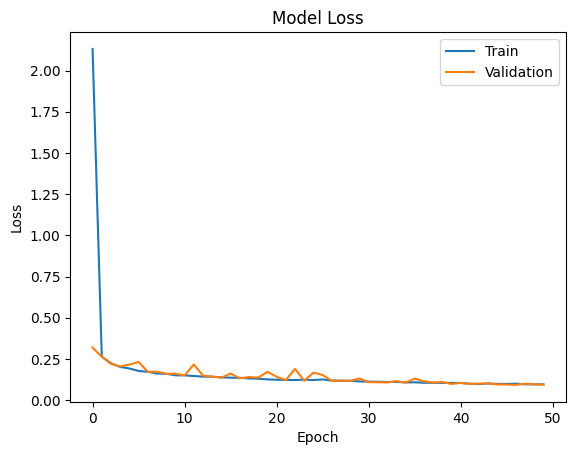
Dense Network (Without Convolutions) #
To look at the importance of spatial feature extraction, a dense-only network was also tested. This network replaced convolutional layers with fully connected layers, while keeping the total parameter count similar to the ConvNet.
Architecture Details:
- Input images were flattened into 1D arrays.
- Three fully connected layers with 128, 64, and 32 neurons, respectively.
- Dropout layers were added to prevent overfitting.
from keras import layers, models
model_dense = models.Sequential()
model_dense.add(layers.Flatten(input_shape=(28, 28, 1))) # Flattening the image
model_dense.add(layers.Dense(128, activation='relu'))
model_dense.add(layers.Dropout(0.3)) # Regularization
model_dense.add(layers.Dense(64, activation='relu'))
model_dense.add(layers.Dropout(0.3))
model_dense.add(layers.Dense(1, activation='sigmoid')) # Sigmoid activation
model_dense.compile(optimizer='adam',
loss='binary_crossentropy',
metrics=['accuracy'])
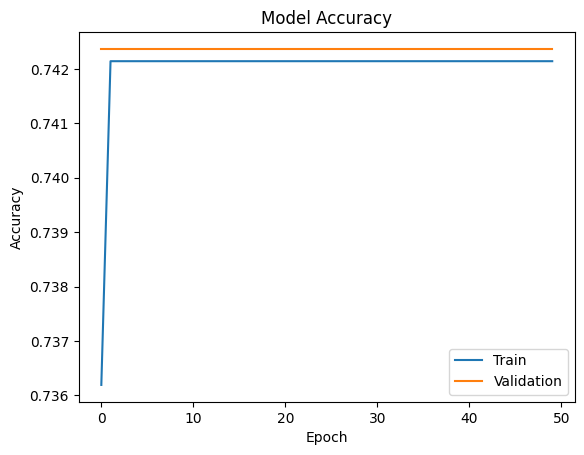
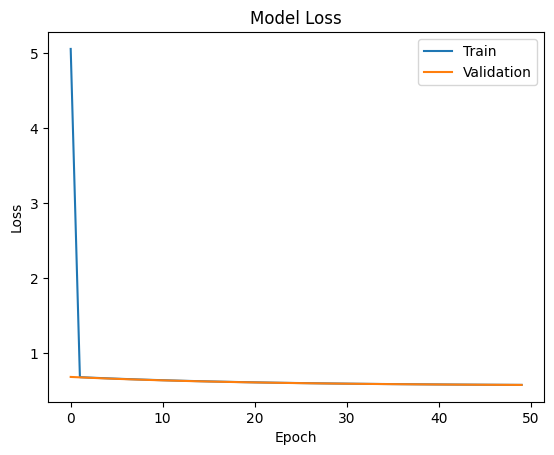
Challenges Observed:
- Dense networks struggled to capture spatial patterns in the images, resulting in lower performance compared to ConvNets.
- Dropout regularization improved generalization but did not fully bridge the performance gap.
Key Insights:
- Dense layers alone lack the ability to identify localized features, highlighting the importance of convolutions for tasks involving image data.
Custom Convnet #
The custom ConvNet incorporated the following enhancements:
- Depth and Complexity: Increased convolutional layers to capture more detailed features.
- Regularization: Added dropout layers after each dense layer to prevent overfitting.
- Batch Normalization: Improved training stability.
- Data Augmentation: Improved dataset diversity with transformations like rotation, flipping, and zoom.
from keras.preprocessing.image import ImageDataGenerator
# Data augmentation
datagen = ImageDataGenerator(rotation_range=20, width_shift_range=0.2, height_shift_range=0.2, horizontal_flip=True)
# Custom ConvNet
model_custom = models.Sequential()
model_custom.add(layers.Conv2D(32, (3, 3), activation='relu', input_shape=(28, 28, 1)))
model_custom.add(layers.BatchNormalization())
model_custom.add(layers.MaxPooling2D((2, 2)))
model_custom.add(layers.Dropout(0.3)) # Regularization
model_custom.add(layers.Conv2D(64, (3, 3), activation='relu'))
model_custom.add(layers.BatchNormalization())
model_custom.add(layers.MaxPooling2D((2, 2)))
model_custom.add(layers.Dropout(0.4))
model_custom.add(layers.Flatten())
model_custom.add(layers.Dense(128, activation='relu'))
model_custom.add(layers.Dropout(0.5))
model_custom.add(layers.Dense(1, activation='sigmoid')) # Sigmoid activation
model_custom.compile(optimizer='adam',
loss='binary_crossentropy',
metrics=['accuracy'])
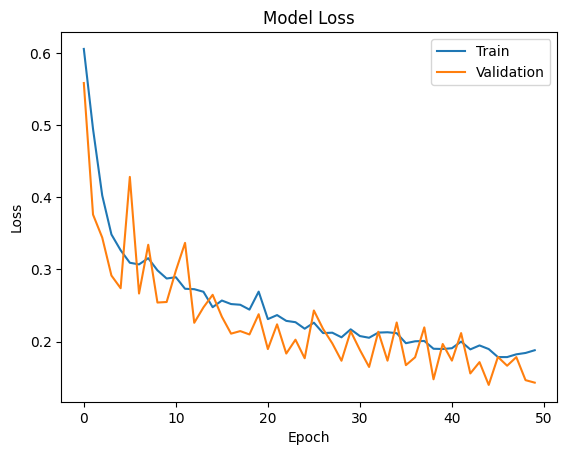
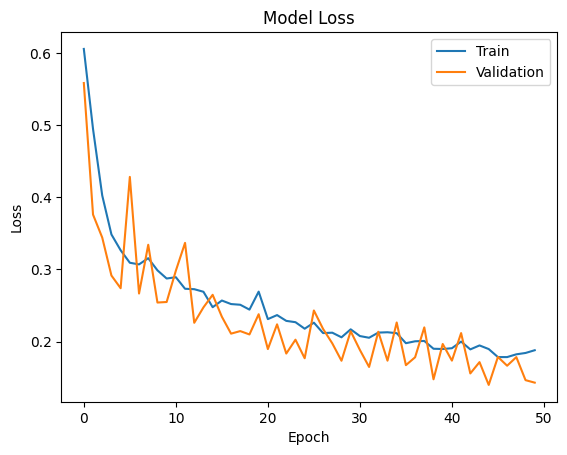
Results: The custom ConvNet achieved the best performance among the three models, with significantly improved accuracy and generalization.
Key Design Takeaways:
- Batch normalization and dropout worked synergistically to stabilize training and reduce overfitting.
- Data augmentation allowed the model to learn more robust representations.
Part 2: Multi-Class classification of Organ Images #
Baseline ConvNet #
The baseline ConvNet, adapted for multi-class classification, consisted of two convolutional layers followed by a softmax-activated dense output layer for probability distributions.
- Two convolutional layers with ReLU activation and max-pooling.
- A dense output layer with softmax activation for multi-class probability distributions.
- Total parameters: 18,379
model_1 = models.Sequential()
model_1.add(layers.Conv2D(32, (3, 3), activation='relu', input_shape=(28, 28, 1)))
model_1.add(layers.MaxPooling2D((2, 2)))
model_1.add(layers.Conv2D(32, (3, 3), activation='relu'))
model_1.add(layers.MaxPooling2D((2, 2)))
model_1.add(layers.Flatten())
model_1.add(layers.Dense(11, activation='softmax')) # Softmax for multi-class
model_1.compile(optimizer='adam',
loss='categorical_crossentropy',
metrics=['accuracy'])
// Add results here
Dense Network (Without Convolutions) #
For multi-class classification, the dense network used three fully connected layers with dropout for regularization.
- Three fully connected layers with 128, 64, and 32 neurons, respectively.
- Dropout layers for regularization.
- Softmax activation in the output layer to produce class probabilities.
model_dense = models.Sequential()
model_dense.add(layers.Flatten(input_shape=(28, 28, 1)))
model_dense.add(layers.Dense(128, activation='relu'))
model_dense.add(layers.Dropout(0.3))
model_dense.add(layers.Dense(64, activation='relu'))
model_dense.add(layers.Dropout(0.3))
model_dense.add(layers.Dense(11, activation='softmax')) # 11 classes
model_dense.compile(optimizer='adam',
loss='categorical_crossentropy',
metrics=['accuracy'])
// Add results here
Custom ConvNet #
The custom ConvNet was enhanced for multi-class classification by:
- Increased Depth: Added a third convolutional layer for deeper feature extraction.
- Regularization: Introduced higher dropout rates and learning rate scheduling
model_custom = models.Sequential()
model_custom.add(layers.Conv2D(32, (3, 3), activation='relu', input_shape=(28, 28, 1)))
model_custom.add(layers.BatchNormalization())
model_custom.add(layers.MaxPooling2D((2, 2)))
model_custom.add(layers.Dropout(0.3))
model_custom.add(layers.Conv2D(64, (3, 3), activation='relu'))
model_custom.add(layers.BatchNormalization())
model_custom.add(layers.MaxPooling2D((2, 2)))
model_custom.add(layers.Dropout(0.4))
model_custom.add(layers.Conv2D(128, (3, 3), activation='relu'))
model_custom.add(layers.BatchNormalization())
model_custom.add(layers.MaxPooling2D((2, 2)))
model_custom.add(layers.Dropout(0.5))
model_custom.add(layers.Flatten())
model_custom.add(layers.Dense(256, activation='relu'))
model_custom.add(layers.Dropout(0.5))
model_custom.add(layers.Dense(11, activation='softmax'))
model_custom.compile(optimizer='adam',
loss='categorical_crossentropy',
metrics=['accuracy'])
Key Insights
- ConvNets Perform Better: Convolutional layers consistently outperformed dense-only networks in image-based tasks.
- Regularization Works: Dropout, batch normalization, and data augmentation reduced overfitting.
- Custom Architectures Excel: Tailored designs provided the best performance across both tasks.